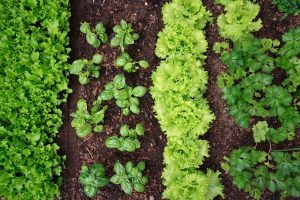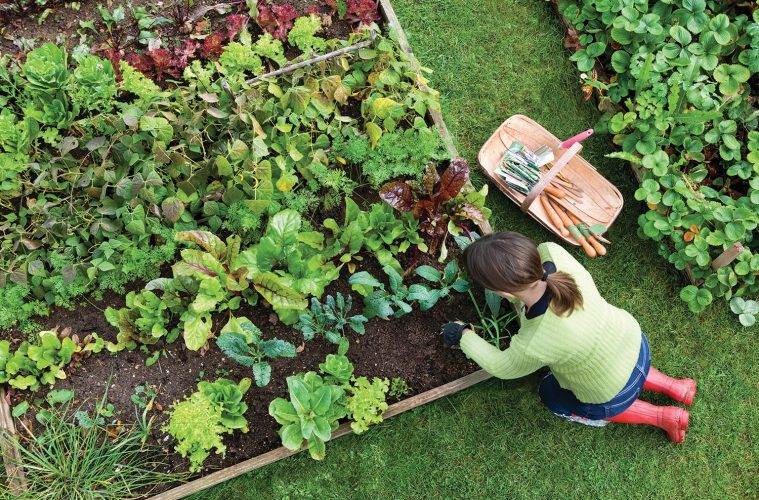In the world of gardening, there’s a secret harmony that nature has been practicing for centuries – companion planting. This ancient gardening technique involves strategically placing certain plants alongside one another to create a mutually beneficial relationship. Not only does it enhance the beauty of your garden, but it also improves the health and productivity of your plants.
Discover which plants and vegetables are best to plant together:
Tomatoes and Basil
These two culinary companions are a match made in heaven. Basil acts as a natural insect repellent, deterring pests that often plague tomatoes, such as aphids and whiteflies. In return, tomatoes provide shade and protection for basil, ensuring it thrives.
Marigolds and everything
Marigolds are the superheroes of companion planting. They emit a strong fragrance that repels a wide range of garden pests, including nematodes, aphids, and rabbits. Plant marigolds near vegetables like tomatoes, cucumbers, and squash to keep your garden free from unwanted intruders.
Beans and corn
Expert gardeners have long known the secret of this dynamic duo. Corn provides a sturdy stalk for climbing beans, while beans fix nitrogen in the soil, benefiting the nitrogen-hungry corn. This mutually beneficial relationship results in healthier and more bountiful crops.
Carrots and onions
These root vegetable buddies are not only great in the kitchen but also in the garden. Onions deter carrot flies, and carrots, in turn, repel onion flies. Planting them together can help protect each other from common pests.
READ MORE: 6 BENEFICIAL BUGS YOU WANT TO SEE IN YOUR VEGGIE GARDEN

Pexels
Cucumbers and radishes
Radishes act as sacrificial lambs, attracting cucumber beetles away from your cucumber plants. This diversionary tactic can help keep your cucumber vines free from damage and thriving.
Roses and garlic
If you’re into both flower and vegetable gardening, consider planting garlic around your rose bushes. Garlic’s pungent aroma repels common rose pests like aphids and Japanese beetles, leaving your roses in full bloom.
Nasturtiums and squash
Nasturtiums are not just pretty; they are also excellent companions for squash and other cucurbits. Their spicy scent repels pests like aphids and squash bugs while attracting beneficial insects like ladybugs and bees.
Peppers and pigweed
Pigweed, also known as amaranth, is a fantastic nutrient accumulator and can be a great companion for peppers. It helps improve the soil by drawing up minerals from deep in the ground, making them more accessible to peppers.
By practicing companion planting, you can reduce the need for chemical pesticides and fertilisers, create a more beautiful garden, and improve the overall health and yield of your plants. These plant partnerships are just the tip of the iceberg, so don’t be afraid to experiment and discover new combinations that work best for your garden.
Feature image: Unsplash

